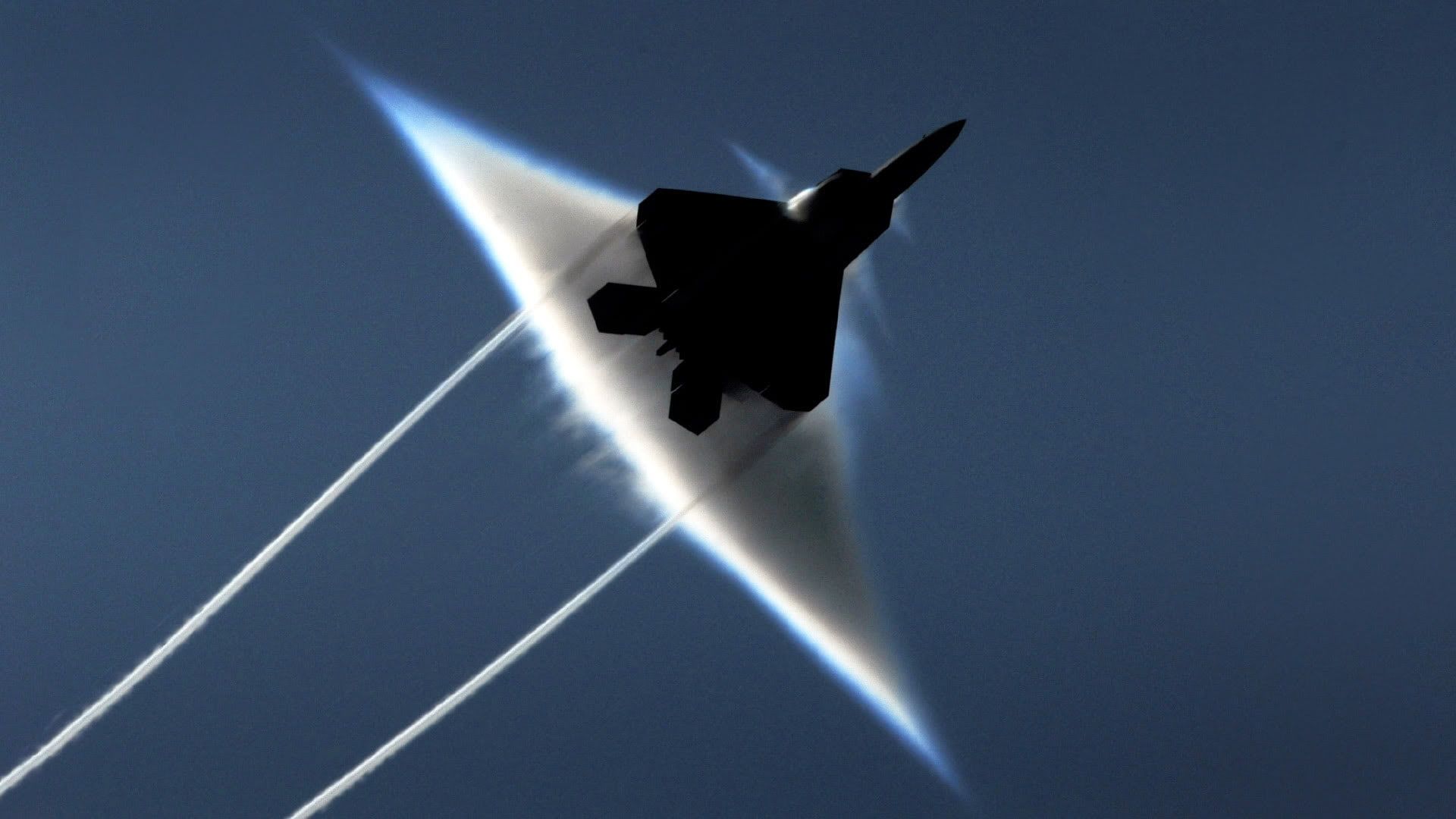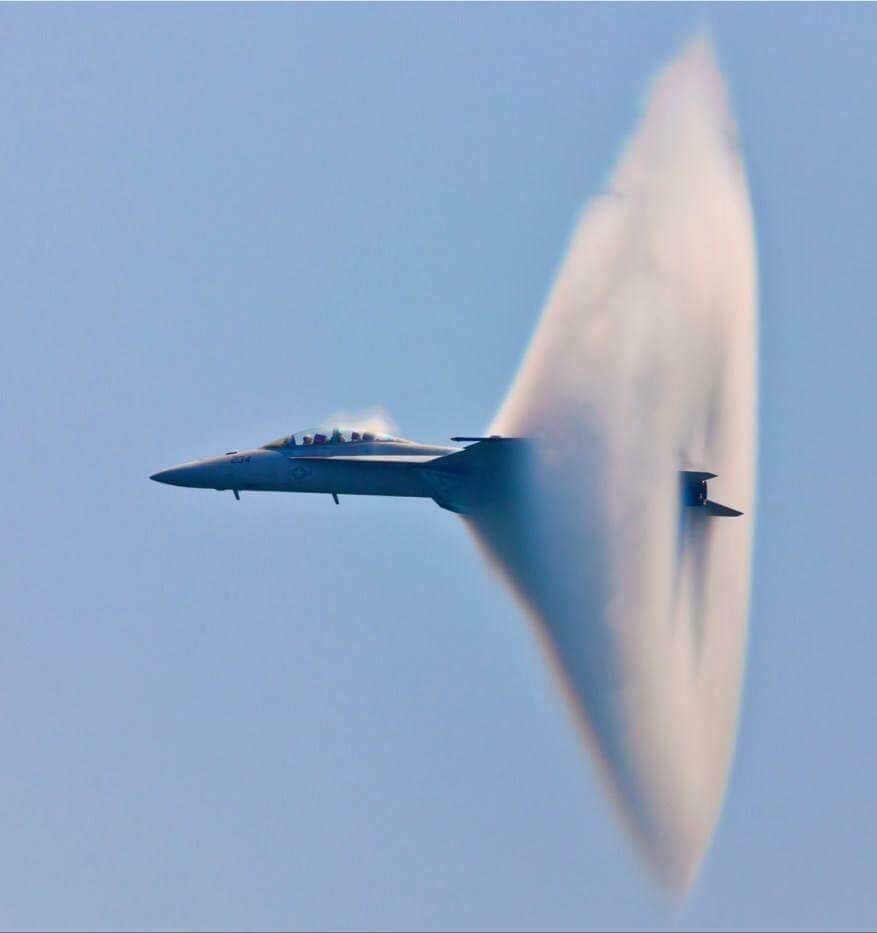The F-18 Hornet is one of the world’s most popular multi-role fighter jets, utilized by the United States Navy and Marine Corps, as well as numerous other nations.
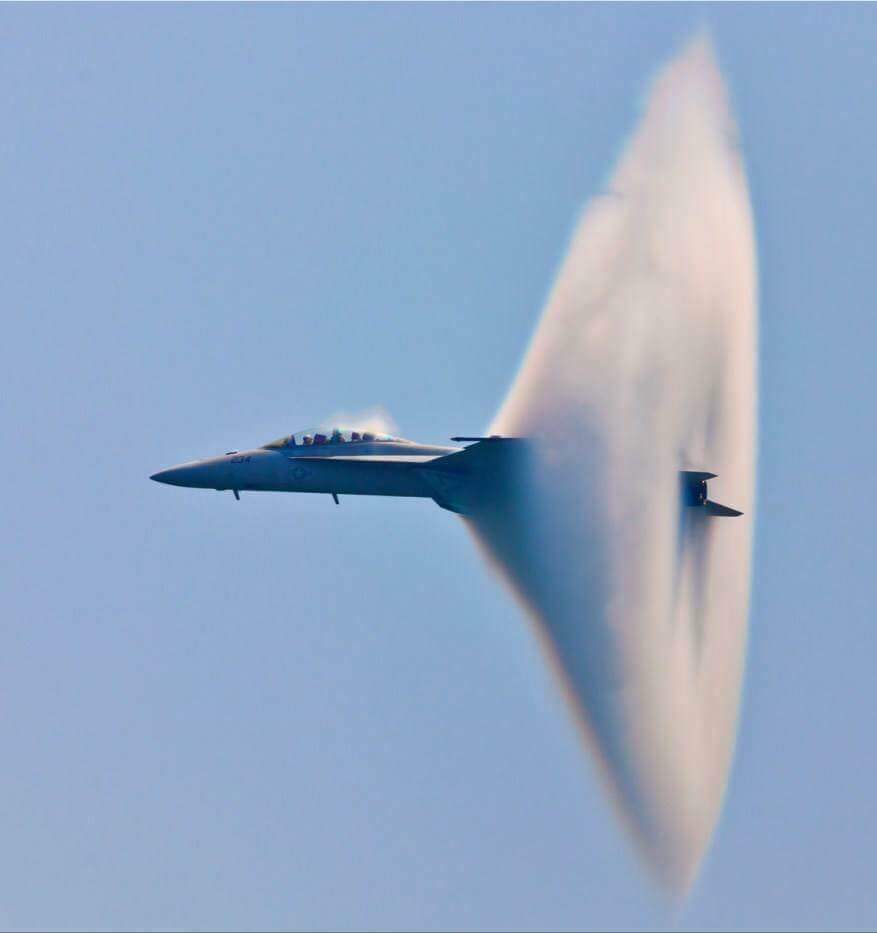
One of its impressive capabilities is the ability to break the sound barrier. When an object travels faster than the speed of sound, it creates a sonic boom. This sonic boom results from the air being compressed in front of the object and then rapidly released.
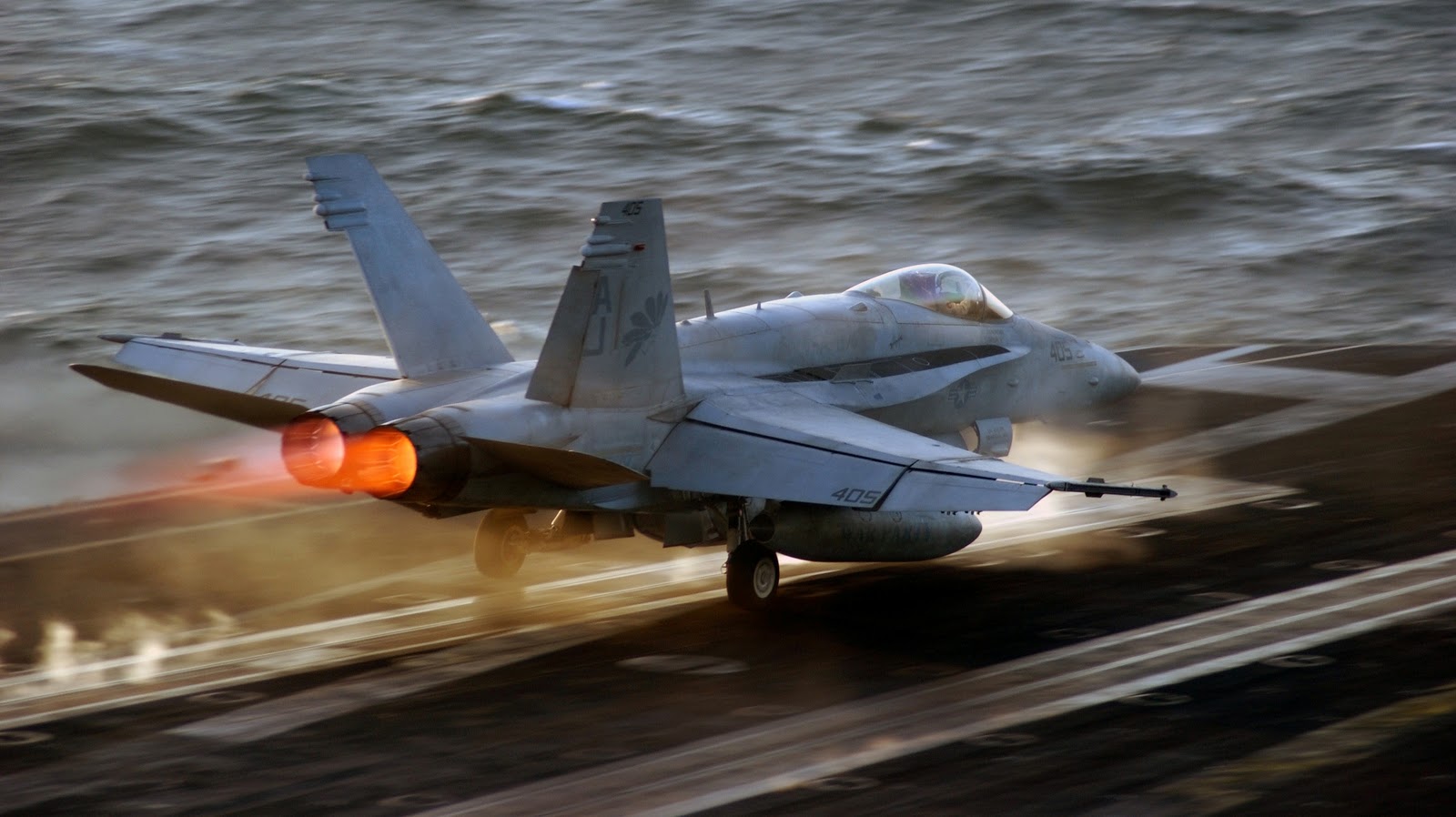
To break the sound barrier, the F-18 needs to achieve a minimum speed of 1,235 km/h (767 mph) at sea level. The aircraft achieves this speed by enhancing fuel intake and thrust from its engines.
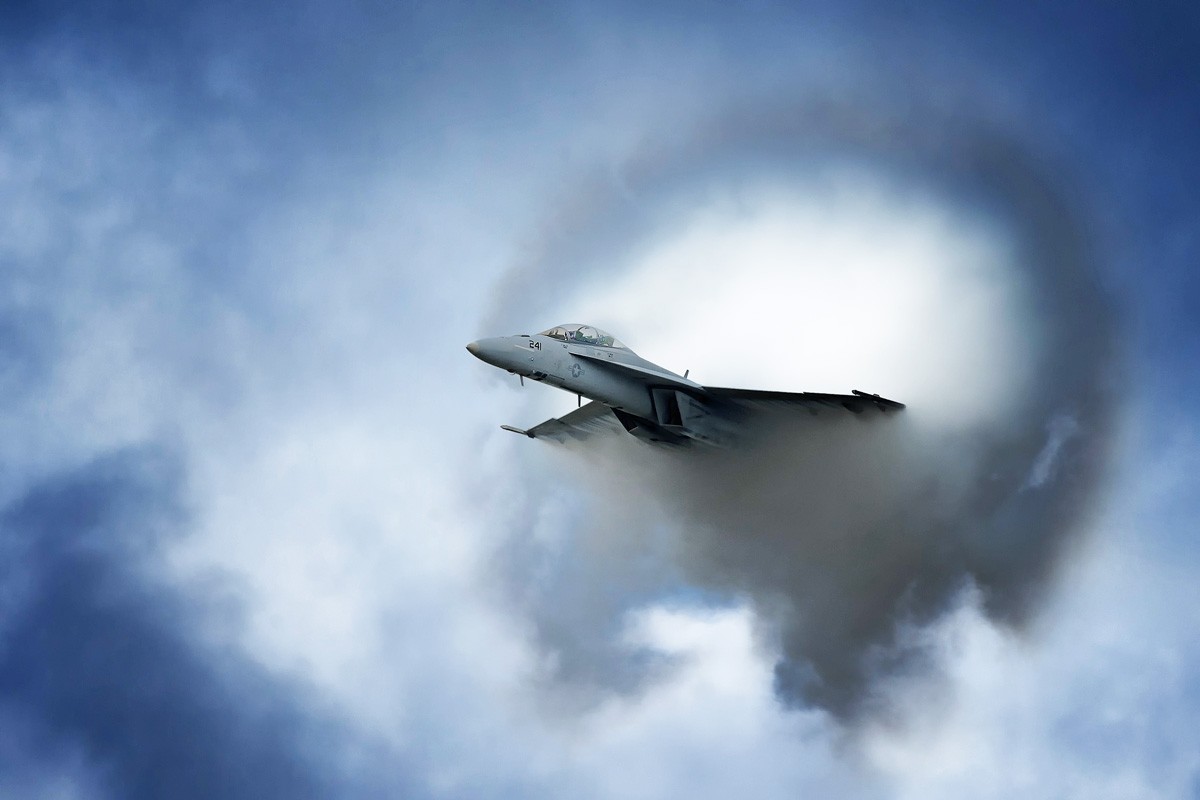
The moment when the F-18 breaks the sound barrier is a spectacular sight. The aircraft generates a conical water vapor cloud behind it. This cloud is formed by the compressed air and its sudden release.
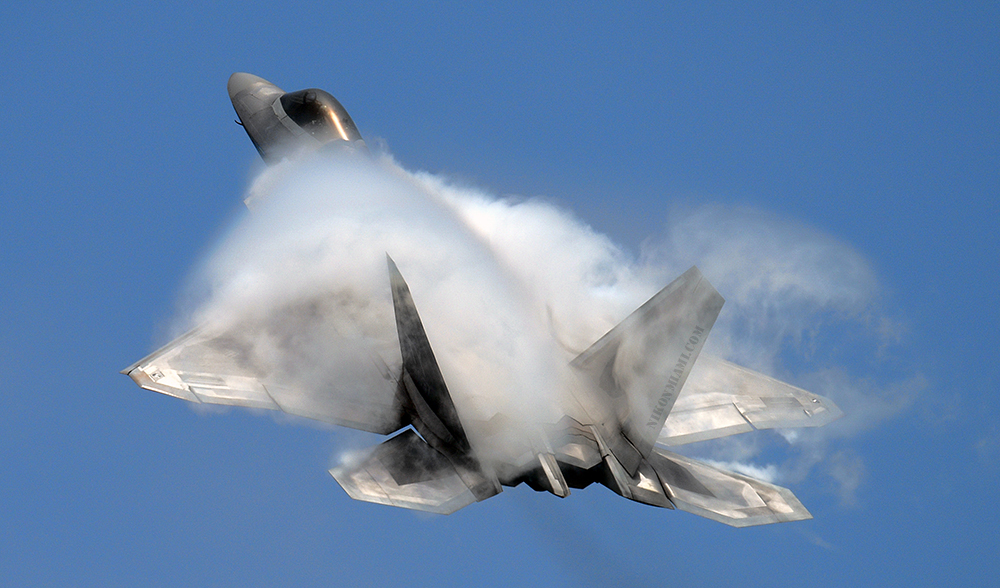
Breaking the sound barrier provides tactical advantages for the F-18. It allows the aircraft to move faster and farther, while avoiding low-altitude air defense systems. However, there are also drawbacks. The sonic boom can potentially cause damage to the aircraft and objects in its vicinity.
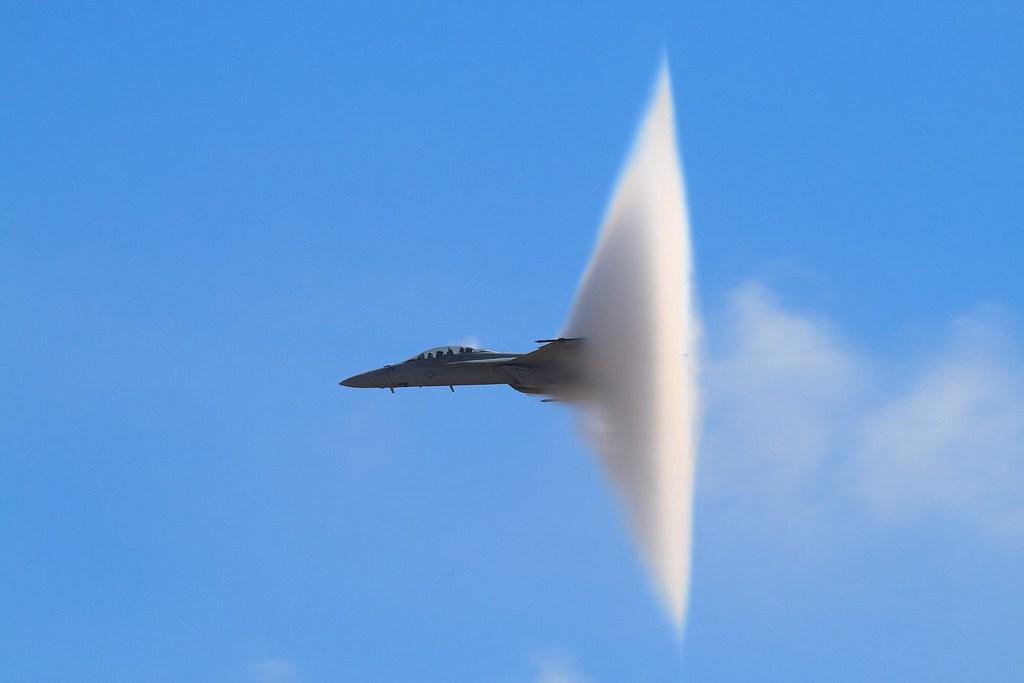
The F-18 Hornet is a powerful fighter jet with the capability to break the sound barrier. This ability enables the aircraft to execute crucial combat missions.
